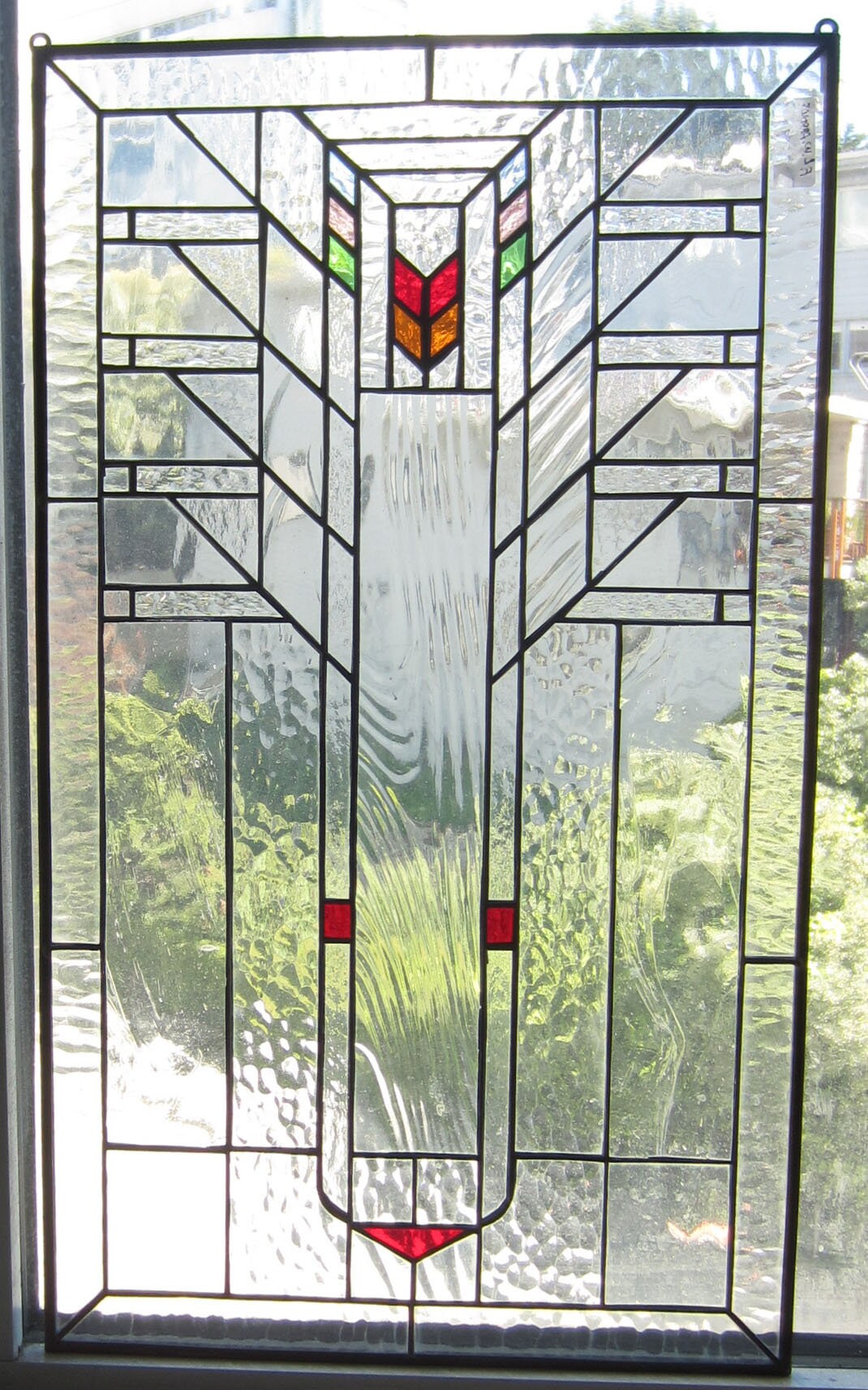

Wright attended Madison High School, but there is no evidence that he graduated. In 1884, his father sued for a divorce from Anna on the grounds of "emotional cruelty and physical violence and spousal abandonment". In 1881, soon after Wright turned 14, his parents separated. with the cube, the sphere and the triangle- these smooth wooden maple blocks. In his autobiography, Wright described the influence of these exercises on his approach to design: "For several years, I sat at the little kindergarten table-top. The blocks in the set were geometrically shaped and could be assembled in various combinations to form two- and three-dimensional compositions. Anna, a trained teacher, was excited by the program and bought a set with which the 9-year old Wright spent much time playing. In 1876, Anna saw an exhibit of educational blocks called the Froebel Gifts, the foundation of an innovative kindergarten curriculum. Although William was a distant parent, he shared his love of music with his children. They settled in Madison, where William taught music lessons and served as the secretary to the newly formed Unitarian society. The Wright family struggled financially in Weymouth and returned to Spring Green, where the supportive Lloyd Jones family could help William find employment. In 1870, the family moved to Weymouth, Massachusetts, where William ministered to a small congregation. She decorated his nursery with engravings of English cathedrals torn from a periodical to encourage the infant's ambition. One of Anna's brothers was Jenkin Lloyd Jones, an important figure in the spread of the Unitarian faith in the Midwest.Īccording to Wright's autobiography, his mother declared when she was expecting that her first child would grow up to build beautiful buildings. Wright's mother, Anna Lloyd Jones (1838/39–1923) was a teacher and a member of the Lloyd Jones clan which had emigrated from Wales to Wisconsin.

Originally from Massachusetts, William Wright had been a Baptist minister, but he later joined his wife's family in the Unitarian faith. Wright's father, William Cary Wright (1825–1904), was a "gifted musician, orator, and sometime preacher who had been admitted to the bar in 1857". No birth certificate or other record supporting either of these assertions is known to exist. In 1987 a biographer of Wright suggested that he may have been christened as "Frank Lincoln Wright" or "Franklin Lincoln Wright".

He also designed original and innovative offices, churches, schools, skyscrapers, hotels, museums, and other commercial projects. Wright was the pioneer of what came to be called the Prairie School movement of architecture and also developed the concept of the Usonian home in Broadacre City, his vision for urban planning in the United States. Wright played a key role in the architectural movements of the twentieth century, influencing architects worldwide through his works and hundreds of apprentices in his Taliesin Fellowship. This philosophy was exemplified in Fallingwater (1935), which has been called "the best all-time work of American architecture". Wright believed in designing in harmony with humanity and the environment, a philosophy he called organic architecture. He designed more than 1,000 structures over a creative period of 70 years. Frank Lloyd Wright (J– April 9, 1959) was an American architect, designer, writer, and educator.


 0 kommentar(er)
0 kommentar(er)
